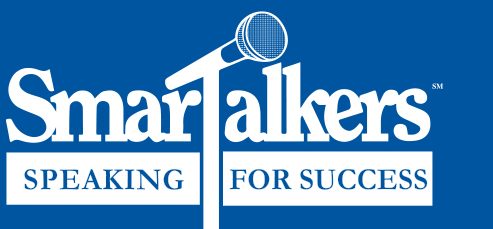
A survey on public speaking was conducted by Brownlee & Associates that involved over 3,000 respondents with positions from President, Managing Director, Senior Directors, Employees in Sales, Marketing, R&D, Quality Control, I.T, Doctors, Scientists, and Lawyers.
The objective was to identify the main causes as to why audience members disconnect and stop paying attention during presentations.
During a series of weekly blogs, I will highlight a few of the specific areas of disconnect surveyed and offer practical coaching suggestions to help you keep your audience connected. Many of the suggestions provided will come from my book Loud and Clear: How to Prepare and Deliver Effective Business and Technical Presentations.
The results have been divided into two sections; The design of the presentation and the delivery of the presentation. The higher the percentage the more the survey participants felt they would disconnect. Percentages ranged from 72%-99%.
The results of this survey make it clear that when the audience is bothered by areas in the design of the presentation that were done or not done or certain delivery behaviors of the presenter exhibited during the presentation were not executed well, the result will be a disconnection between the audience and the presenter and their presentation which will affect the quality of the communication, the degree of impact and memorability of the activity as well as the achievement of the objectives of the presenter.
Topics covered in the previous post: How to make your presentation more interesting and visuals easy to read.
DESIGN: Survey results indicated 94% agreed they would disconnect if…The objective of the presentation is unknown or has not been explained to the audience.
My coaching suggestion: After your opening statement which needs to capture your audience’s attention, provide a summary of your presentation to let the audience know what to expect.
DESIGN: Survey results indicated 99% agreed they would disconnect if…The presentation clearly does not have a structure.
My coaching suggestion: In most cases, your opening statement should include a roadmap as to the journey you will be taking your audience on. Whether a formal or informal presentation; a keynote or training presentation, your audience will always feel more comfortable knowing what to expect. The key to ensuring your audience doesn’t disconnect from you is to stick to your roadmap. If you need to take a detour, let your audience know and adjust your timing. If you’d like to see an easy way to develop your timing, click here for my blog post #1.
For more information on this and other topics on effective public speaking, please contact me at wendy@smartalkers.com or through my website: www.smartalkers.com
Connect with or follow me via LinkedIn, or like my Facebook page.



